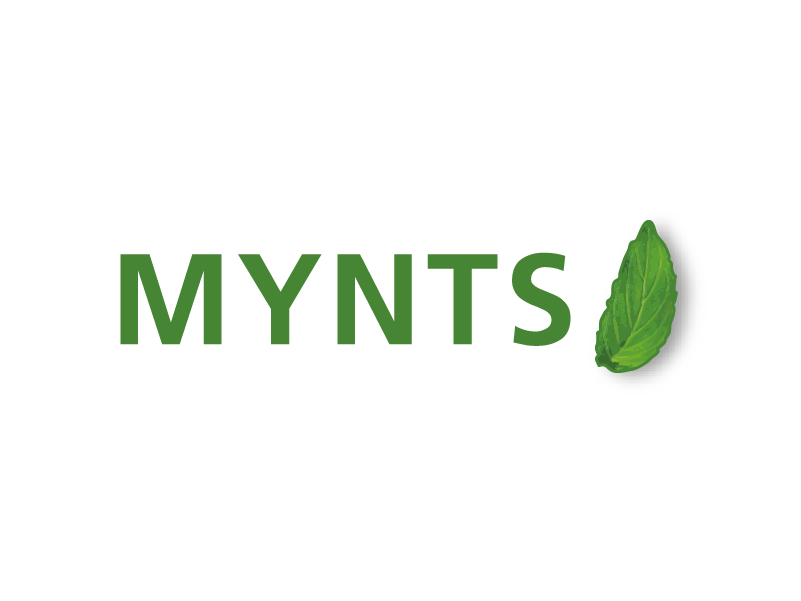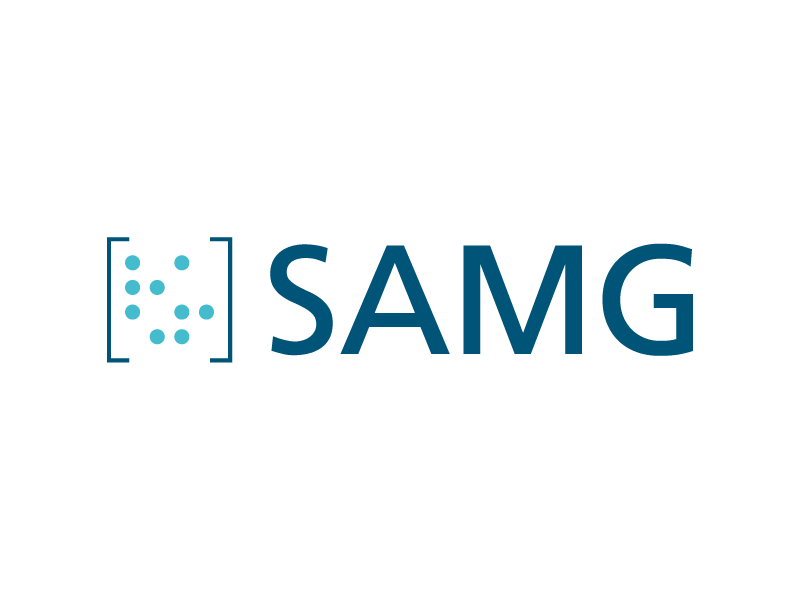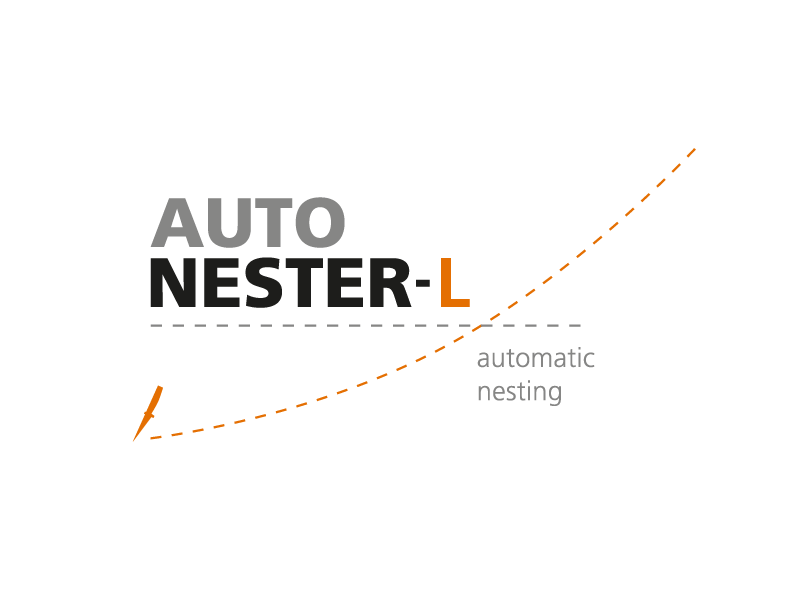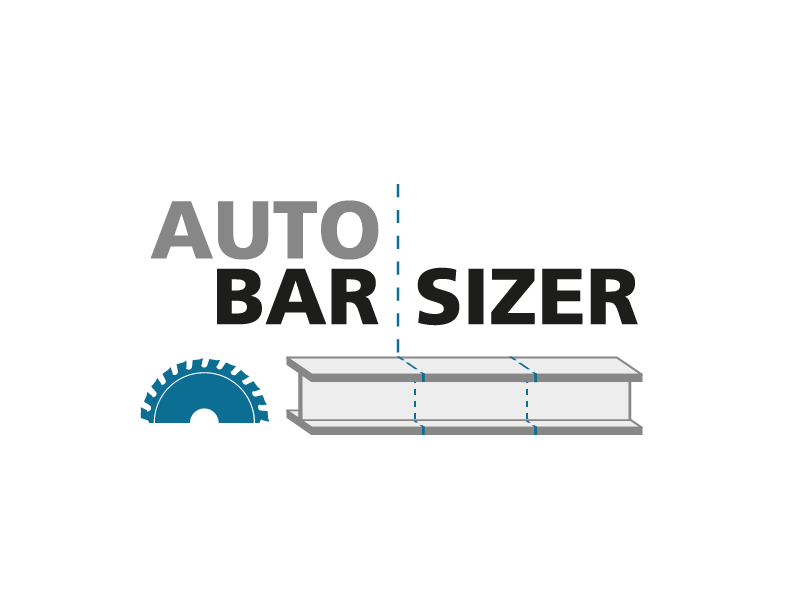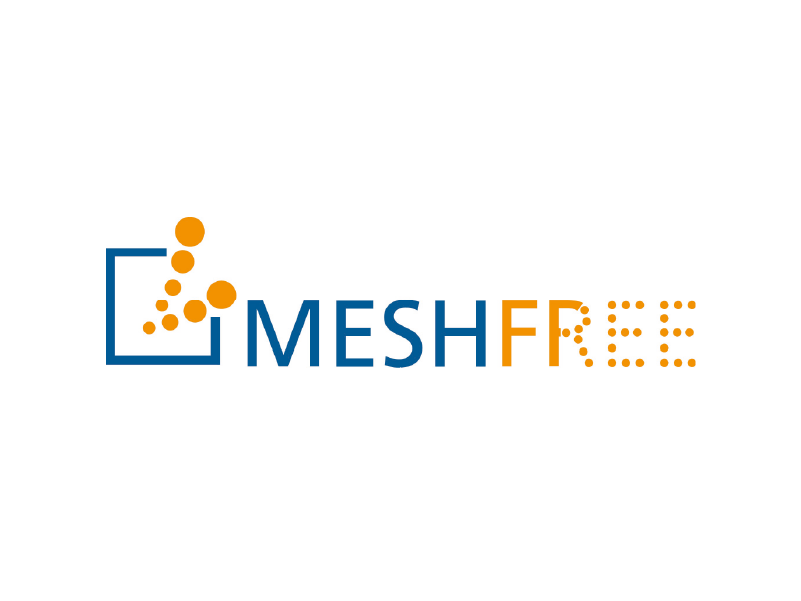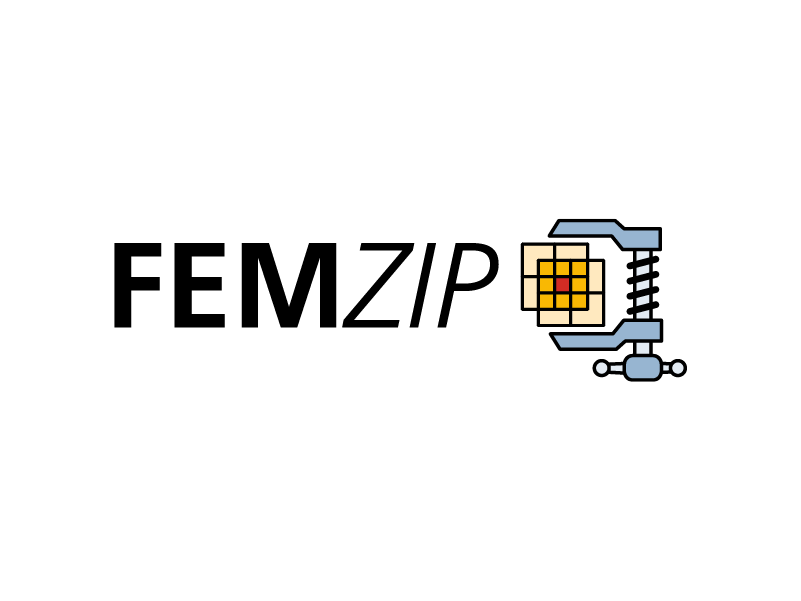MYNTS (multiphysical network simulation framework) is a software for simulation, analysis and optimization of energy networks and also supports cross-sector considerations.
Benefit & Target Groups
Smart grids increase complexity, cost and vulnerability. Fraunhofer SCAI has developed software that can be used to analyze and optimize transport networks for gas, electricity and water using numerical simulations as early as the planning stage. This makes conversion and expansion more flexible for network operators, saves energy and expenses, and also increases the security of energy supply.
Flexible planning of gas, electricity and water networks
The simulation software MYNTS (Multiphysical Network Simulator), which Fraunhofer SCAI developed together with the University of Cologne, helps with the operation and planning of complex networks. The program models the networks as a system of Algebro differential equations. They can be flexibly analyzed and better planned by numerical simulation. Above all, the simulation immediately shows the effect of changes in various factors. For example, MYNTS can be used to calculate how temperature fluctuations change flow rates and how the failure of subnetworks affects the remaining network components.
Features
MYNTS takes advantage of the fact that both the simulation of transportation networks for gas, electricity and water and the simulation of electrical circuits always go back to the same numerical core. Nevertheless, each field of application has its own specifics. The software is therefore available in special versions for different application areas. Combinations are also possible, for example for studies of power-to-gas scenarios. When simulating gas networks, MYNTS allows users to create and control their own subnetworks, for example for compressor stations or mixing chambers.


